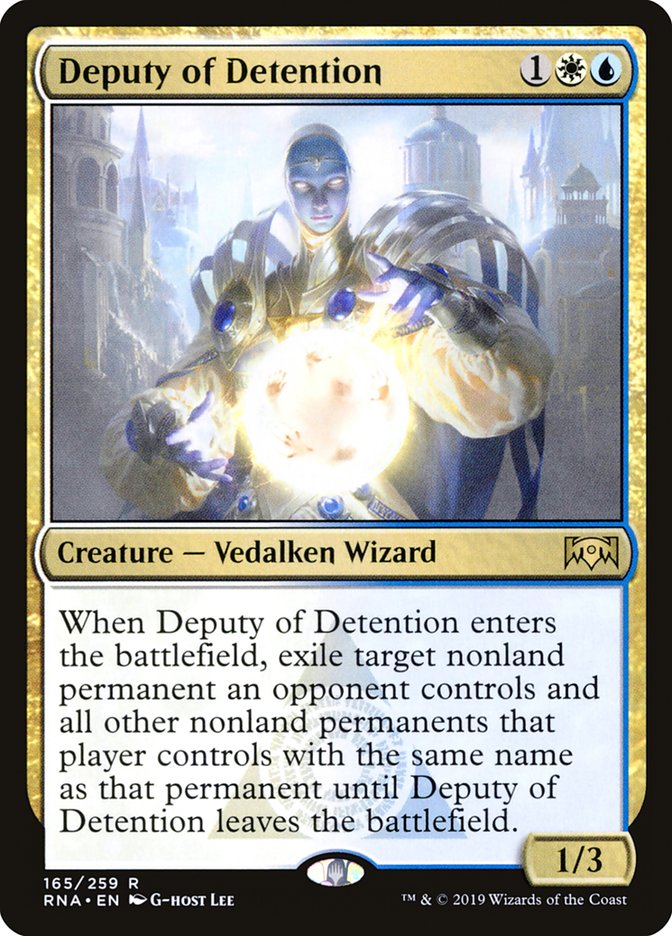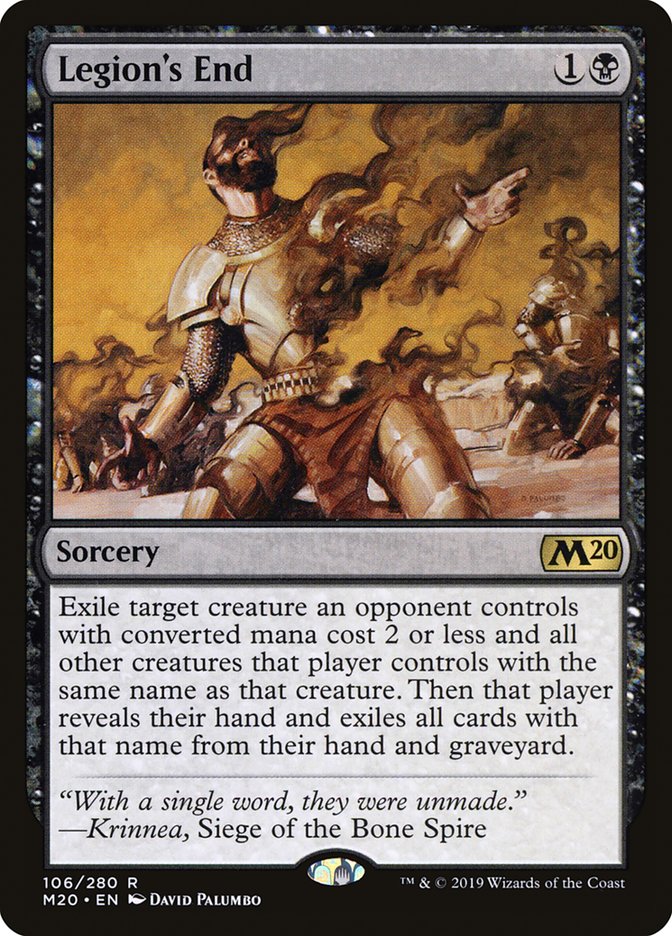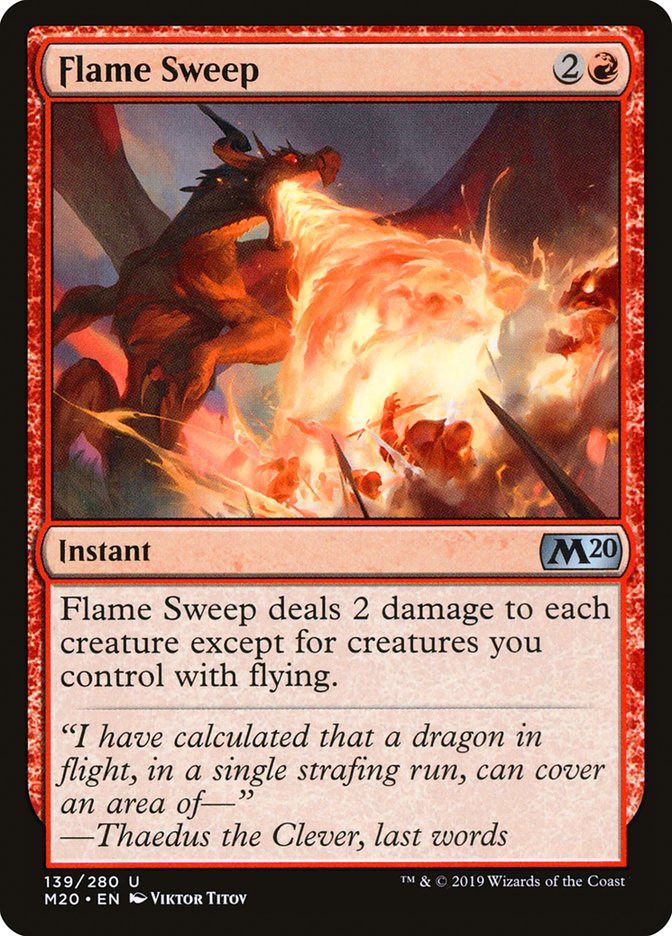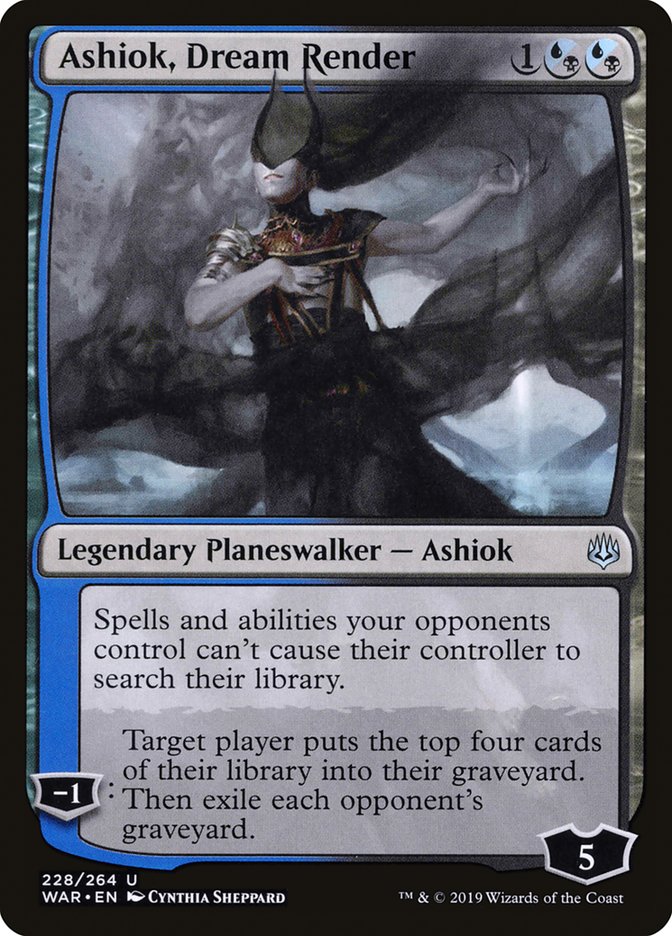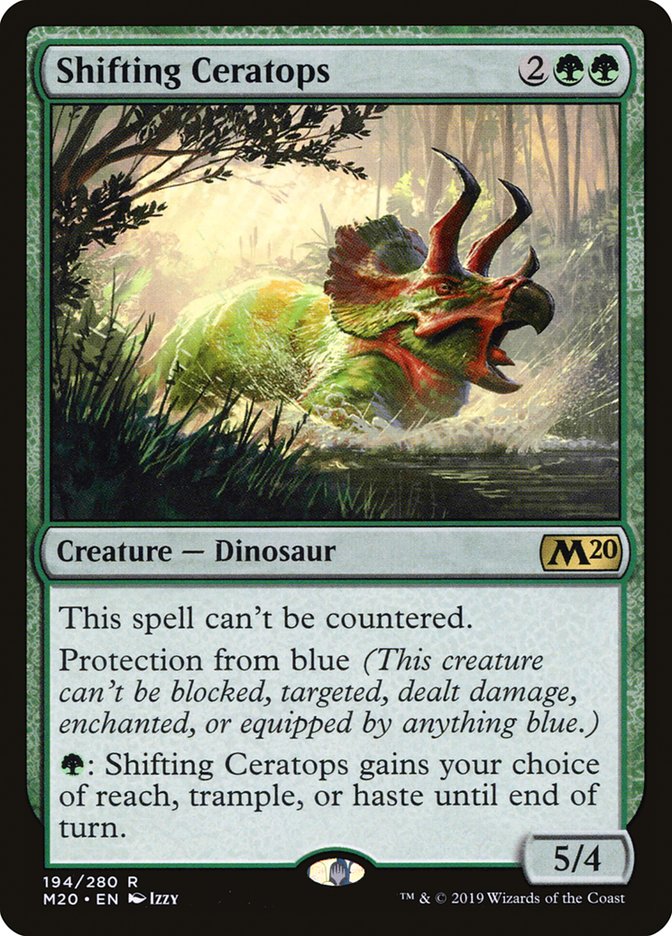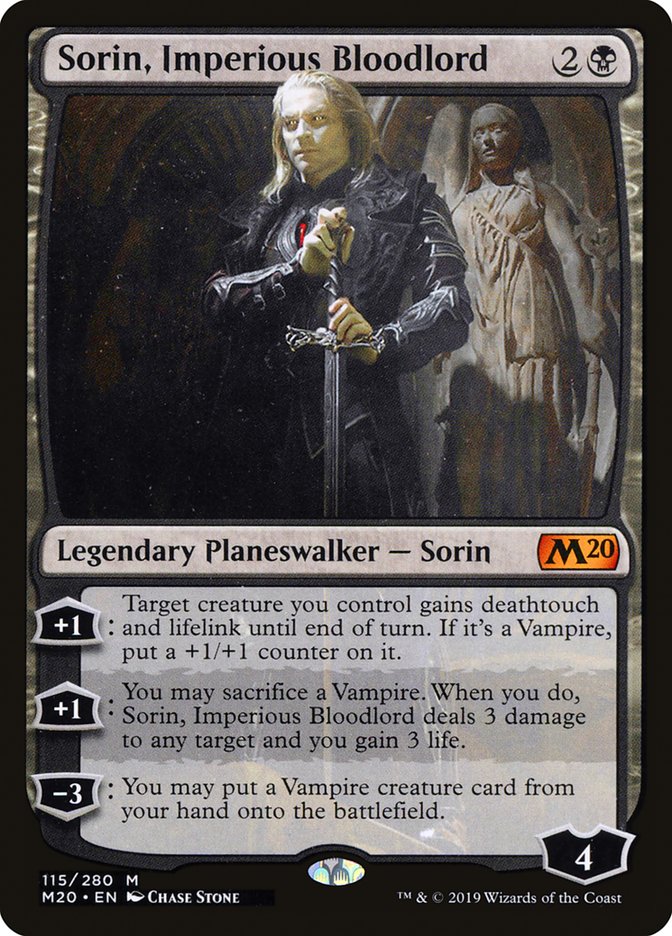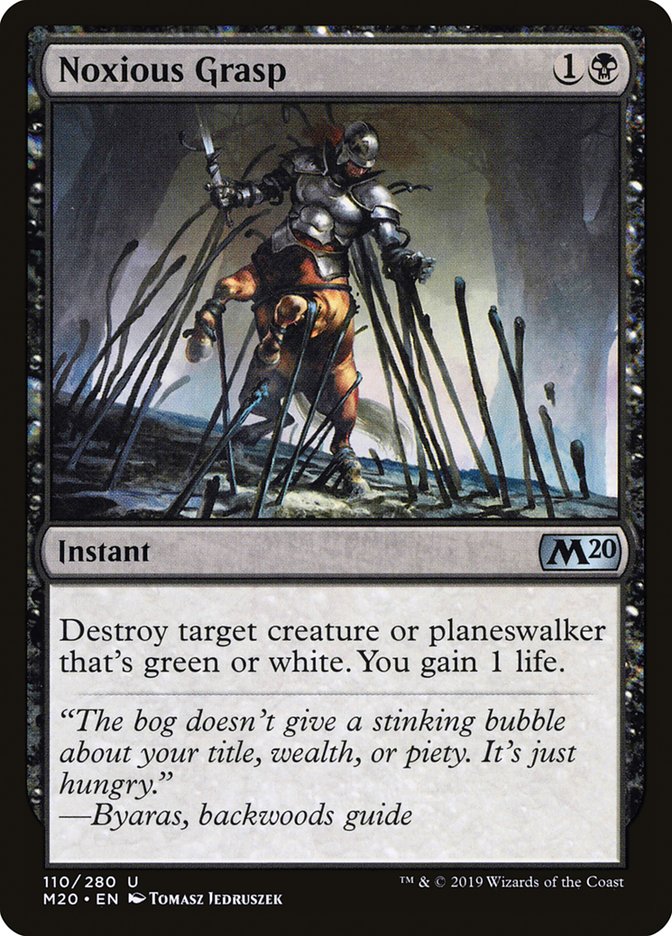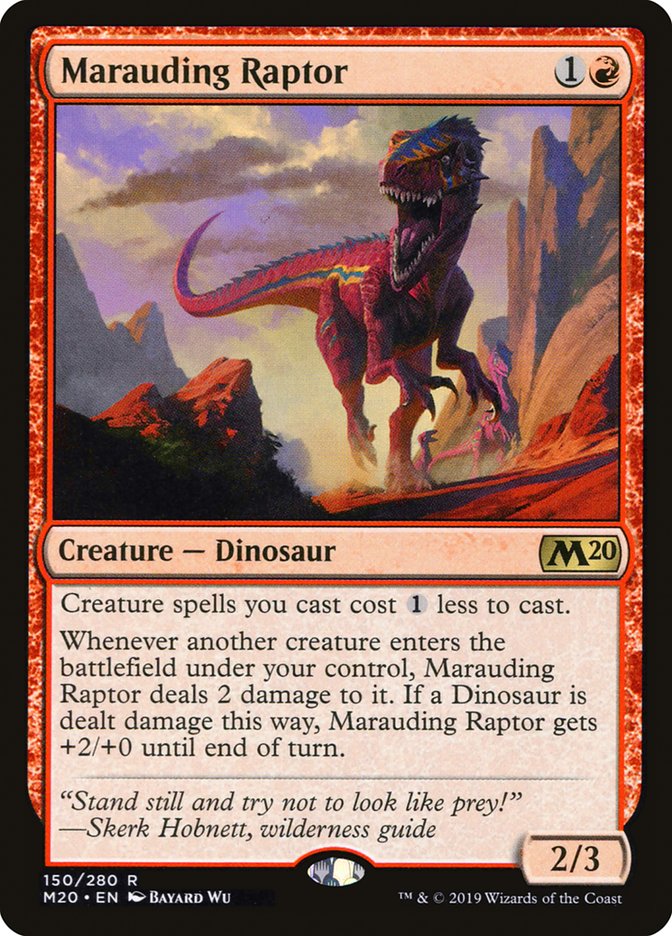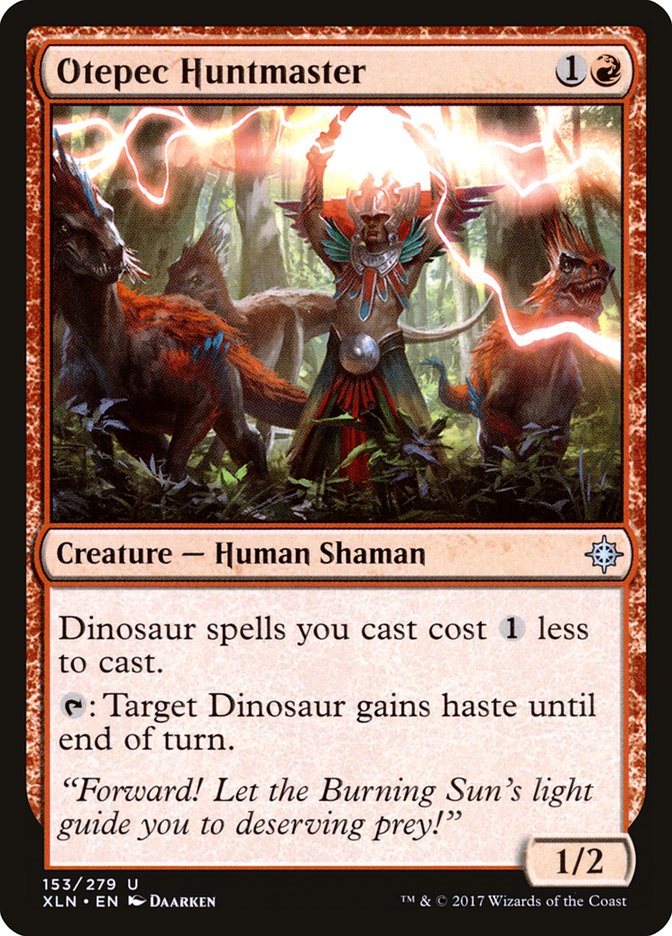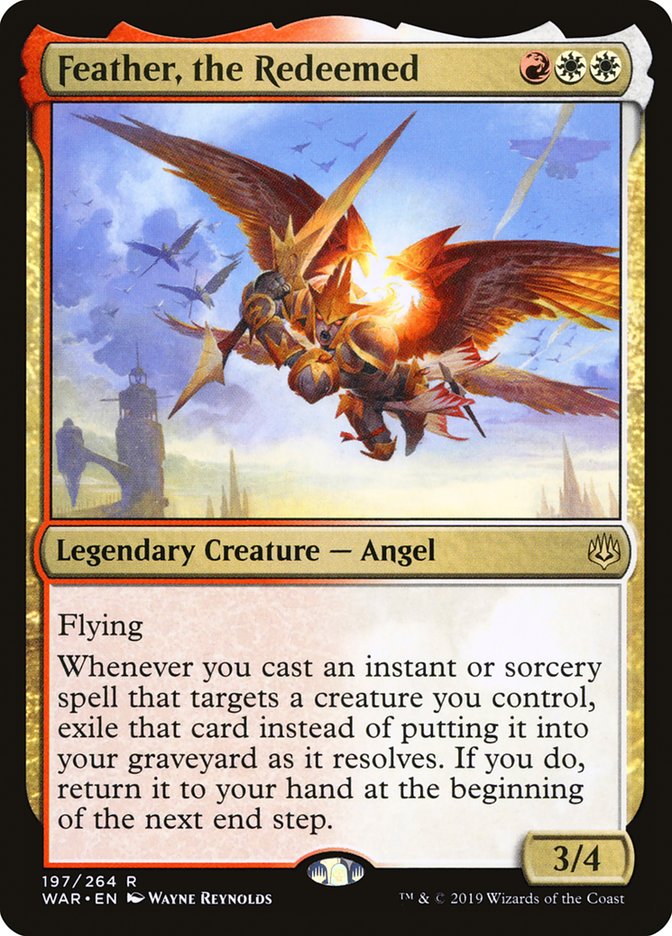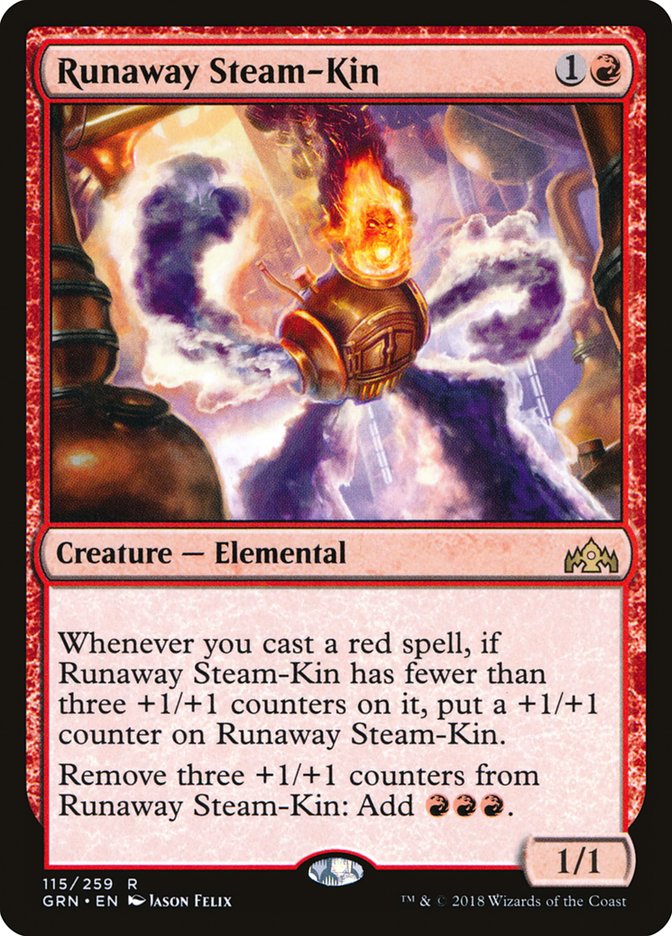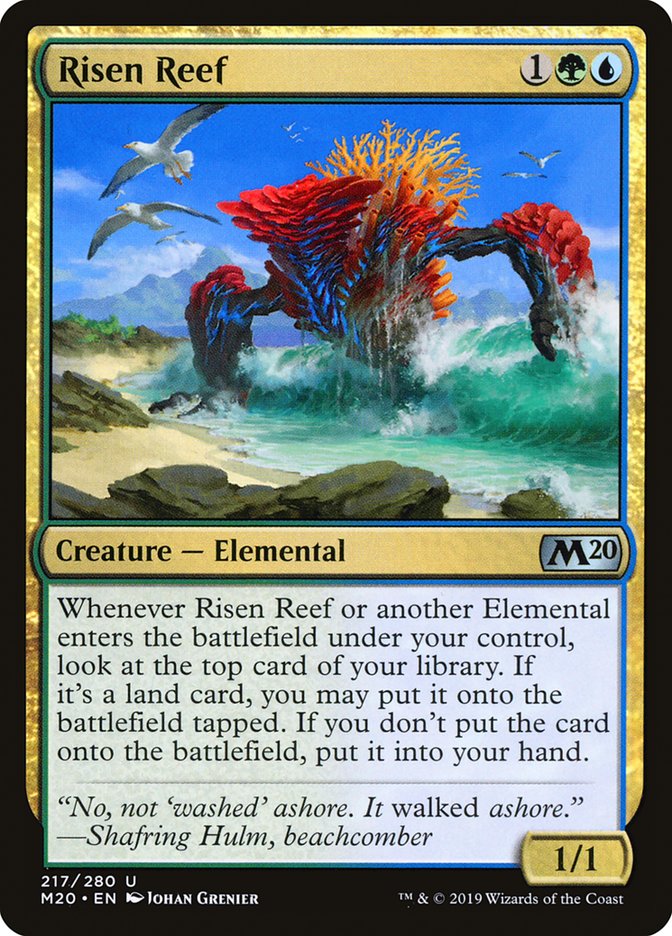For those of you who don’t yet know, I actually did not attend Mythic Championship IV. For the first time ever, I decided to last-minute fly to Europe for a tournament and foolishly I did not check my passport. It wasn’t expired per se, but was within three months of being so, which was enough to keep me from flying. I attempted to get my passport expedited, but I didn’t have enough time to do so and make a flight that would get me there before the tournament started.
At first, I was crushed. Numb, in fact. I mean, up to this point I’ve only missed one Mythic Championship-level event since my first. This one was avoidable by either leaving earlier like I usually do or, you know, just being a responsible adult. Once I came to terms with my fate being sealed, I prepared to watch the event from the sidelines.
Honestly, it wasn’t as bad as I initially thought it would be. I flipped my sleep schedule – which I was already doing in preparation for the trip – and watched every minute of coverage. While doing so, I started preparing for my upcoming MPL Weekly Split by playing Core Set 2020 Standard on Magic Arena. It did feel weird to just go right into testing another format after dumping so much time into two formats I wouldn’t be using, but so it goes.
So that’s what we’re doing today. I’ve spent a lot of time working on Core Set 2020 Standard over the past week, and today we’ll be going over what I’ve learned, what cards/decks I think are worth playing, and which ones I’d suggest leaving at home.
Bant Scapeshift
Creatures (12)
Planeswalkers (4)
Lands (28)
Spells (16)

Every Standard format tells a story about one deck to rule them all, one deck to destroy them, and Bant Scapeshift is exactly that. It’s the Tier 1 strategy that defines the rest of the metagame. Through its dominance, we’ve seen certain strategies fall out of favor and specific cards become more popular as answers to the Zombie invasion.
These four cards have become extremely popular as answers to the Zombie hordes created by Field of the Dead triggers and they’re all much better than I thought they would be against this deck. Of these four, Legion’s End has been the most impressive out of the Orzhov Vampires sideboard, not just against Bant Scapeshift, but against the mirror and ramp strategies with Hydroid Krasis as well.
That doesn’t mean Bant Scapeshift can’t beat these cards, as the deck isn’t exactly one-dimensional. It has Hydroid Krasis to refuel, and both Time Wipe and Teferi, Time Raveler to rebuy them in the later turns. After sideboard, the deck has interesting ways to pivot using cards like Deputy of Detention and/or Shifting Ceratops to help out in unique situations. Shifting Ceratops is one of the more interesting sideboard options, as it’s a great way to hold back an early Nissa, Who Shakes the World. Most of the Bant Ramp decks have zero ways to remove it from the battlefield.
Given the deck’s resiliency to many of the format’s strategies, you’d imagine those that actually have good matchups would excel in Core Set 2020 Standard. While it’s true decks like Simic Nexus are heavily favored against Bant Scapeshift itself, Simic Nexus isn’t exactly primed for the other top decks in the format. That’s because those trying to beat Bant Scapeshift also have to be fast to attempt to race the deck before it gets too much of a battlefield presence. Orzhov Vampires, Bant Ramp, and Jund Dinosaurs all have impressive clocks with interaction for the Taking Turns strategy after sideboard.
While this doesn’t make Simic Nexus unplayable by any stretch of the imagination, it does make it a more difficult deck to select because the faster the format, the less consistent the combo deck is. I don’t exactly know what else to say about Simic Nexus besides the fact that I’m too scared to play it. That might change soon, but for now I’m working on other things first.
Orzhov Vampires
Creatures (25)
- 2 Sanctum Seeker
- 4 Adanto Vanguard
- 4 Legion Lieutenant
- 4 Skymarcher Aspirant
- 2 Dusk Legion Zealot
- 4 Champion of Dusk
- 1 Vampire of the Dire Moon
- 4 Knight of the Ebon Legion
Planeswalkers (4)
Lands (23)
Spells (8)
Sideboard

I assumed Orzhov Vampires was bad when I started playing with it last weekend. I knew Sorin, Imperious Bloodlord was absurdly powerful, but I just assumed the deck wouldn’t compete with the power of Teferi, Teferi, and Nissa. So I told myself I’d play ten matches with the deck to do my due diligence and move on.
Eight rounds later I was in Mythic after going 8-0 with the deck. I was blown away! Sure, Orzhov Vampires isn’t amazing without Sorin in the top ten cards, but it’s not terrible either, which is what I thought it would be. Not only were the non-Sorin games better than I thought, but the games where I did draw the three-mana planeswalker were absolutely messed up, especially when I paired it with Champion of Dusk.
Orzhov Vampires is 100% serious and for right now I consider it a Tier 1 strategy thanks to its impressive sideboard. There are just so many matchups where these cards come in. Hell, Noxious Grasp is arguably maindeckable right now.
If you want to beat down in Core Set 2020 Standard, I highly suggest this deck, as well as playing two, if not three, copies of Legion’s End in the sideboard. It’s great against Bant Scapeshift, the mirror, and Bant Ramp strategies. That doesn’t mean the card should go in other decks, though. Esper and Jund variants have access to stronger cards for their strategies. Still, that doesn’t mean Legion’s End isn’t an all-star in this one.
It’s also possible to replace a Mortify with another Cast Down. Simic Nexus is on the decline once again, which makes Mortify extremely slow against the rest of the field. It’s nice to be able to kill off a resolved Ghalta, Primal Hunger, but at the same time, dispatching a Turn 2 Marauding Raptor could be the difference between winning and losing.
Bant Ramp
Creatures (26)
- 4 Llanowar Elves
- 3 Deputy of Detention
- 4 Hydroid Krasis
- 4 Paradise Druid
- 4 Risen Reef
- 2 Voracious Hydra
- 4 Leafkin Druid
- 1 Cavalier of Thorns
Planeswalkers (8)
Lands (25)
Spells (1)

Bant Ramp is my favorite deck in the format, but that’s been the case for some time now. Even though I absolutely love Bant decks that play four copies of both Nissa and Teferi, I still never end up registering one for serious events. Bant Ramp is a great choice when you don’t exactly know how to attack the metagame, but Esper Hero is the perfect deck for when you do.
As I keep testing Core Set 2020 Standard, my goal is always to find the perfect Esper Hero deck, as I strongly believe there’s a specific 75 of that deck that’s just the best thing you can be doing in the format. Right now, though, I don’t know what that list is yet.
For right now I think it’s vital to play four copies of Deputy of Detention in your deck for the Bant Scapeshift matchup. The other cards are just not reliable enough when both players have Teferi, Time Raveler. For example, they can bring in Veil of Summer for your Deputy of Detentions and you can bring in Negate for their noncreature spells, but both players can shut those cards down with an early Teferi that doesn’t get attacked.
Instead of trying to dodge opposing Teferi, Time Ravelers, I’ve found it’s best to interact with permanents in these matchups. Deputy of Detention is great against Bant Scapeshift and Shifting Ceratops is great against Bant Ramp from the Bant Scapeshift sideboard. Ultimately, though, both decks have access to some absurd starts, so games can often come down to who has the strongest one. That said, I’ve found that when the games go long, Bant Ramp is the favorite, as Nissa plus Deputy of Detention can make it tough for Bant Scapeshift to fight back.
There are other matchups to talk about, though, which brings me to the most important point about Bant Ramp. It’s vital to be aggressive with your mulligans with Bant Ramp. The London mulligan helps Nissa decks quite a lot, as you’ll have a much higher chance of casting one in the early turns when you mulligan. Now, that doesn’t mean you should make that your entire gameplan, but you shouldn’t be afraid of mulliganing your weak hands. I’ve personally not figured out the exact ranges of keeps and mulligans with the deck, but I rarely will keep a seven on the draw without a play before Turn 3.
Jund Dinosaurs
Creatures (27)
- 3 Regisaur Alpha
- 4 Ripjaw Raptor
- 1 Drover of the Mighty
- 4 Otepec Huntmaster
- 3 Ghalta, Primal Hunger
- 4 Marauding Raptor
- 4 Rotting Regisaur
- 4 Shifting Ceratops
Planeswalkers (1)
Lands (24)
Spells (8)
Sideboard

This feels good. I mean really good!
Getting to use my brother’s first-place decklist as an example for my article is everything I’ve ever wanted out of content creation. Put me to pasture, because I can finally die happy! I’m really hoping this is a trend moving forward as he plays more events on the SCG Tour.
Unfortunately, I don’t believe Jund Dinosaurs is a Tier 1 strategy. Sorry bro! It’s powerful, explosive, but inconsistent, which is ultimately its downfall. The deck just can’t stand on its own when it doesn’t cast an accelerant on the second turn. When it does, the deck is capable of some disgusting things. But when it doesn’t, the range of hands it’s able to beat goes down significantly.
Just like with Orzhov Vampires, I told myself I’d play ten matches with this deck before moving on. Once I was finished, I found myself frustrated with the deck’s inconsistencies. Now, I don’t think this deck is bad. In fact, it’s a very strong deck choice for anyone who is unsure what to play while also questioning their knowledge in the format. It’s just not the deck I’d want to play now that everyone knows what it’s capable of, which means the deck will not be getting as many free wins.
Really, this is a good deck in Core Set 2020 Standard. It’s just not on the same level as the previous three, which is okay. Maybe I’m overvaluing Orzhov Vampires, but I said what I said and I’m standing by it!
Esper Hero
Creatures (10)
Planeswalkers (10)
Lands (26)
Spells (14)
Sideboard

Like I said earlier, I don’t know the correct build of Esper Hero, though I do know a great list is out there. Instead of just throwing out an untested decklist, I thought it would be cooler to show off my good friend Eric’s list. He’s been playing the deck for a long time and tells me how much he loves Bolas’s Citadel in the deck. Clearly he loves it so much that he’s no longer playing Command the Dreadhorde, which isn’t that bad of an idea given where the format’s been heading.
I hate to say it, but this is where I’m going to start my Esper Hero testing this weekend. But don’t go saying the student has become the teacher!
After that, the rest of the metagame is filled with decks that are just a little or a lot worse than these ones. Decks based around Feather, the Redeemed are inconsistent. Mono-Red Aggro, Mono-Blue Aggro, and Simic Flash are underpowered relative to the rest of the format. Simic Nexus is struggling against both aggressive matchups and Teferi matchups at the top. Temur Elementals is just worse than Bant Ramp.
Again, these decks aren’t bad, but they’re slightly worse than other options. That’s actually the great thing about Core Set 2020 Standard, though. There are many decks close to the top, but I wanted to talk about what’s actually at the top, along with my lists for them, so here we are.
Next week I’ll have mastered Core Set 2020 Standard, or at least killed myself trying to. My MPL Weekly Split is next week, and preparation is critical. Hopefully a weekend of work will yield me a great decklist to write a primer on next week.
Until then, though, I’m staying with broad strokes as I try to understand everything about Core Set 2020 Standard.


